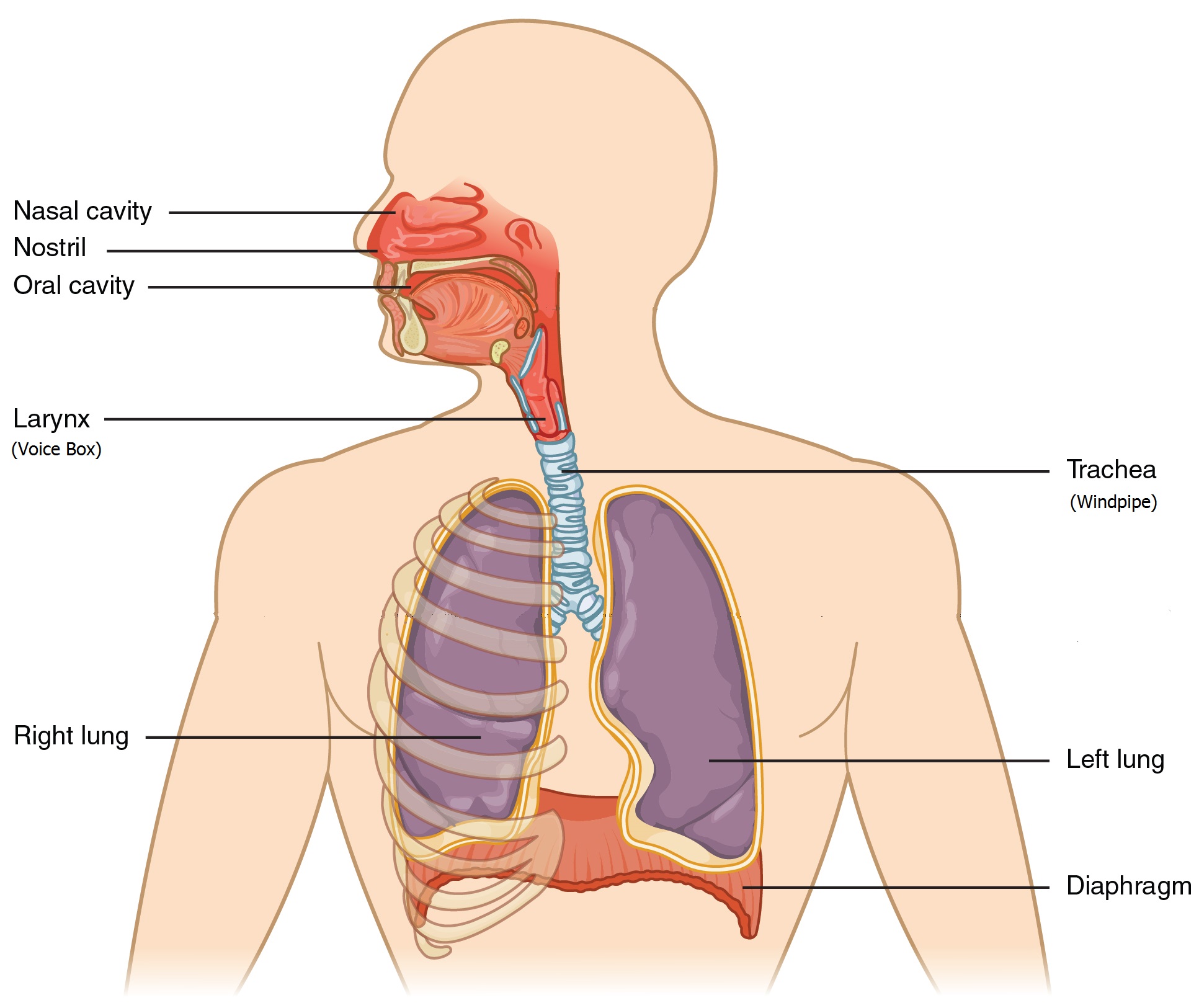We use our voices every day, and when you're an actor, your voice is one of your most important "tools of the trade".
Before you start any sort of training to improve your voice, it's a good idea to know how your voice works.
Here you will find out about the parts of your body that give you a voice, and discover how they all work together to help you speak and sing.

Your Lungs & Diaphragm
Take a deep breath in. Feel your lungs fill up with air, your ribs move out and, under your ribs, the big sheet of muscle called the diaphragm expands.
Now breath out.
That air that you exhale is used by your body to produce your voice.
Your Voice Box
At the back of your throat are the beginnings of two pipes. One is for food, and the other one (the trachea) is for air and is also called a windpipe.
On the top of your windpipe is your larynx, which you probably know as your voice box.
The voice box is a tube with a thin fold of muscle on each side, called your vocal folds, or vocal cords.
Your two vocal cords stretch across your voice box like rubber bands. They open when you breath, and close when you swallow or use your voice.
When you make noises with your voice, the air that you are breathing out makes your vocal cords vibrate.
Your vocal cords are responsible for the pitch of your voice - that is, how high or low you speak. Just like guitar strings, your pitch depends on the length of your vocal cords and how tightly stretched they are. You control this with muscles in your voice box.
The longer and looser the vocal cord, the lower your pitch, and the shorter and tighter the vocal cord, the higher your pitch. Men have longer vocal cords than women, which is why their voices are lower.
Your voice box also has a flap on top called the epiglottis. This works like a trapdoor - opening when you breath and closing when you swallow - to make sure that you don't swallow food and choke.
It can muffle your voice if it is closed when you are speaking, so actors and singers learn how to keep it open when they need their voices to be clear and strong.
Your Resonators
The sound that your voice makes is changed as the air you use to speak passes through hollow areas in your body. When talking about voice, these hollow spaces are called resonators. They include your chest, your throat, behind your nose and inside your mouth. By changing the way you breath and release air, you can change the quality of your voice.
Your Mouth, Nose and Throat
Particular sounds are made with your mouth, nose and throat. You use your tongue, lips, teeth, nose and sometimes even your jaw to make words. The mouth itself has different areas you use to speak.
The top of your mouth is called the hard palate, while further back is the soft palate. The funny, dangly bit at the back is called the uvula. It opens and closes to stop food going into your nose, and is used to pronounce some sounds.
As you can see, a lot of different parts of your body work together to give you a voice. By training the muscles you use, and learning how to breath well, you can improve your voice and control it to give the best possible performance.








